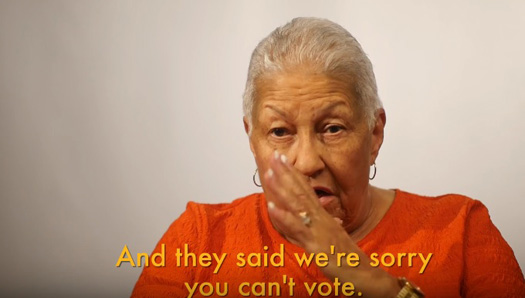
I can still recall the first time I saw what state-sanctioned discrimination looked like.
Growing up in rural Kentucky in the first half of the 20th century, I witnessed firsthand the extreme measures that elected officials would take to prevent African-American men like my father from voting.
They made him guess the number of beans in a jar. Regardless of how many beans there were, his answer was always wrong.
They made him count straws pulled from a homemade broom. No matter how many straws they had pulled, his answer was always wrong.
Then they made him read the entire U.S. Constitution. Even though my father couldn’t read, we helped him and other men in the church memorize every word. He recited it verbatim to those election officials, yet they claimed he had mispronounced a word.
Again, always wrong. Again, not eligible to vote. (story continues after video)
When Congress passed the Voting Rights Act of 1965, I had hoped we had seen the last of those tactics-of American citizens being denied their most basic right to vote because of what they looked like, what they sounded like, or where they came from.
It pains me to see that history is repeating itself yet again. Thanks to a 2013 Supreme Court decision overturning a key portion of the Voting Rights Act, 20 states will have restrictions in place this November making it harder for residents to vote.
This is a cross-post from MyVoteMyRight.org. Read the full article.
Photo: video snapshot









